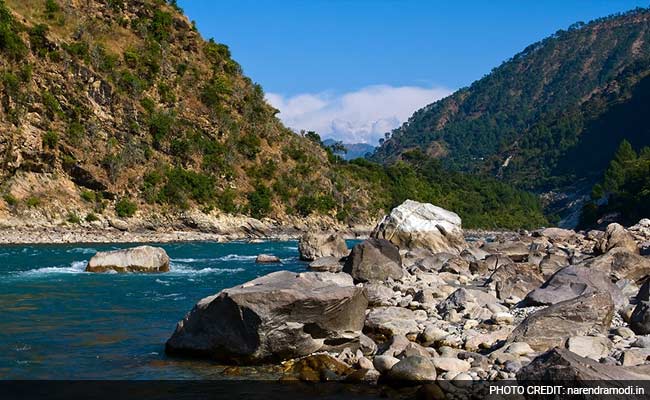News Highlight
UN Ranks Namami Gange Programme among Top 10 World restoration flagship programmes.
Key Takeaway
- On World Restoration Day, the project’s Director General was honoured for the Namami Gange initiative at the 15th Conference of Parties (COP15) to the Convention on Biodiversity (CBD) in Montreal, Canada.
- According to an official release, all these initiatives were selected under the United Nations Decade on Ecosystem Restoration (UNDER).
- UNDER is a global movement coordinated by the UNEP and the United Nations FAO.
- It said that the recognized initiatives, including Namami Gange, will now be eligible to receive UN support, funding or technical expertise.
Namami Gange Programme
- About
- Firstly, it is an Integrated Conservation Mission designated as a “Flagship Program” in June 2014.
- The Ministry of Jal Shakti manages it.
- Furthermore, it aims to achieve two goals: effective pollution abatement and conservation and rejuvenation of the National River Ganga.
- The programme is carried out by the NMCG and its state counterpart organisations, known as State Program Management Groups (SPMGs).
- The main pillars of the Namami Gange Programme are:
- Sewerage Treatment Infrastructure
- River-Front Development
- River-Surface Cleaning
- Bio-Diversity
- Afforestation
- Public Awareness
- Industrial Effluent Monitoring
- Ganga Gram
National Mission for Clean Ganga (NMCG)
- A Brief Introduction
- The National Mission for Clean Ganga (NMCG) was registered as a society under the Societies Registration Act of 1860 on August 12, 2011.
- The consortium serves as the National Ganga River Basin Authority’s implementation arm (NGRBA).
- In addition, it was established under the provisions of the Environment Protection Act (EPA) of 1986 to address pollution issues in the Ganga river.
- This project’s operational area includes the Ganges Basin and all states through which the river flows, including Delhi.
- Furthermore, the National Mission for Clean Ganga’s goal is to reduce pollution and revitalise the Ganga river.

Other initiatives
- Ganga Action Plan
- In 1985, the Ministry of Environment, Forests, and Climate Change adopted the first River Action Plan.
- Moreover, it is to improve water quality by intercepting, diverting, and treating domestic sewage.
- National River Ganga Basin Authority (NRGBA)
- The Government of India established it in 2009 under Section 3 of the Environment Protection Act (EPA), 1986.
- Additionally, in 2008, the Ganga was designated as India’s “National River.“
The need for the “Namami Gange” programme
- Firstly, India’s Ganga River has significant economic, environmental, and cultural value.
- The river flows more than 2,500 kilometres through the plains of north and eastern India, beginning in the Himalayas and ending in the Bay of Bengal.
- In addition, the Ganga basin, which extends into Nepal, China, and Bangladesh, accounts for 26% of India’s landmass.
- The Ganga is one of India’s major rivers, with cultural and spiritual significance that extends beyond the basin’s borders.
- Furthermore, if we can clean it up, it will significantly help the country’s 40% population.
Conclusion
- The programme integrates previous and currently ongoing initiatives by enhancing efficiency, extracting synergies and supplementing them with more comprehensive & better-coordinated interventions.
- Moreover, Namami Gange’s selection as one of the world’s top ten ecosystem restoration initiatives attests to the National Mission for Clean Ganga, the Government of India’s concerted efforts to restore the riverine ecosystem.
Pic Courtesy: NDTV
Content Source: The Hindu



